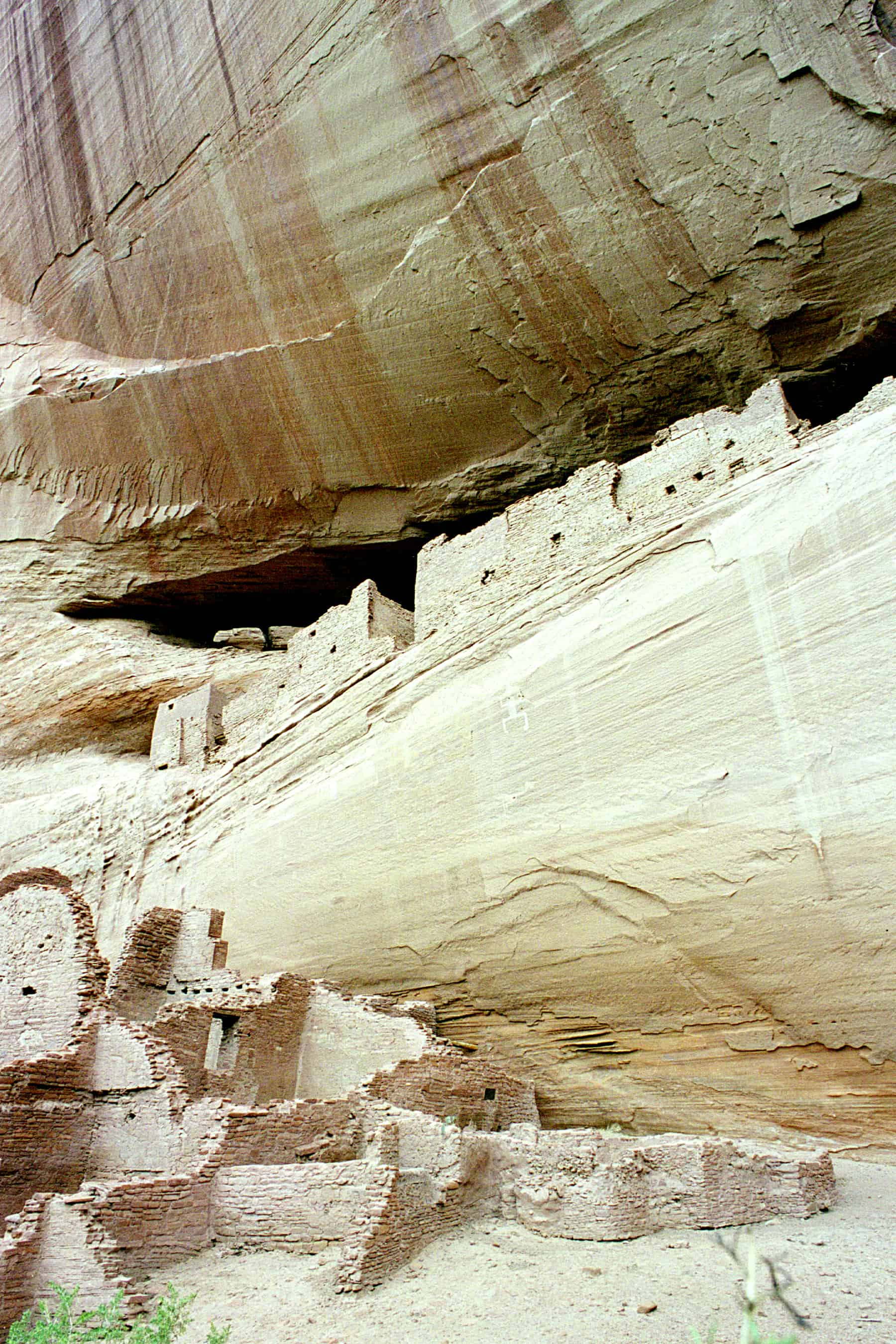 AOTA cultural cornerstone for many Native Americans is the intimate bond they share with the land. Traditionally, all things – people, animals, birds, plants, the sun, rain – are sacred and interconnected. The people of Arizona’s 22 tribes still carry on many spiritual traditions of their ancestors.
AOTA cultural cornerstone for many Native Americans is the intimate bond they share with the land. Traditionally, all things – people, animals, birds, plants, the sun, rain – are sacred and interconnected. The people of Arizona’s 22 tribes still carry on many spiritual traditions of their ancestors.
And these traditions are important to the people of these tribes. Respect that Arizona’s reservations and pueblos are sovereign nations with their own customs and tribal laws. Always travel with an open mind, a sense of respect and adventure.
Connect Through Festivals
Visiting tribal lands and witnessing a cultural festival is a way to experience a rich tapestry of Native American ceremony, art, cuisine and custom.
Each spring, Hopi katsina doll carvers gather to show and sell their unique creations at the Heard Museum’s Hopi Katsina Doll Marketplace. The Museum also hosts the World Championship of Hoop Dancing, a unique sport filled with dazzling performances. Every December the Pueblo Grande Museum Auxiliary Indian Market features Native American artists – just in time for a little holiday shopping! Summertime in Flagstaff marks the annual Navajo Rug Auction, an excellent opportunity to learn about Native American art. AOTSacred Lands
AOTSacred Lands
Visitors can discover the roots of a nation in the timeless landscape and abundance of Native American heritage, customs and traditions throughout Arizona.
The northeast corner of the state, known as the Four Corners, is home to the Navajo Nation, and the largest tribal lands in North America. Many of the sacred, mystical sites have been well preserved as national monuments and historical sites.
Three ancient cliff dwellings at Navajo National Monument are still intact today. Park staff lead guided tours or there are self-guided educational trails that identify flora and fauna and their significance to the Navajo and Hopi cultures.
Described as “the most sacred place on Earth,” the majestic Canyon de Chelly National Monument is a stunning landscape of precipitous gorges, towering red rock spires, fertile farmland and ancestral Pueblo ruins. Roads and short hiking trails line the rims, but the only way to explore the canyon bottom is on a Navajo-led tour.
One of the most recognizable sights in the world, the dreamlike landscape of red sandstone spires, buttes and mesas of Monument Valley Navajo Tribal Park straddles Arizona’s border with Utah. The historic Goulding’s Trading Post contains a lodge, gift shop and small museum with highlights from the many westerns filmed in the area. Navajo guides provide fascinating jeep tours into the backcountry; otherwise visitors must stay to the bumpy 30-kilometre loop road.
At the edge of Lake Powell is the world’s largest known natural bridge, the Rainbow Bridge, a span of sandstone symbolizing rainfall and fertility to the Navajo. There are two hiking trails and guided tours available.
The five, blue-green waterfalls of the Havasupai Tribal lands can only be accessed by hike, horseback or helicopter. The reward is a camping or lodge stay well off the beaten track!
The Hopi Cultural Center in Second Mesa explains the spiritual ways of the Hopi people, one of the continent’s oldest civilizations. The small villages on the three mesas of Hopiland have breathtaking views over the lower desert, and hold colourful events like Katsina dances. Many sacred ceremonies are closed to the public, so it is best to check first and to follow respectful decorum at all times. The new Moenkopi Legacy Inn is the first hotel built on Hopi tribal land in half a century. The hotel offers guided tours to the Hopi villages.
Just north of Phoenix, in the Verde Valley, Montezuma Castle National Monument is a 20-room prehistoric cliff dwelling, once home to the Sinagua Indians. The structure is considered the harbinger of the pueblo-style architecture now seen across the Southwest.
Living on the flatlands of the Sonoran Desert near Tucson, the Tohono O’odham – known as the “Desert People” – are renowned for their basketry skills. Third largest in the US, the Tohono O’odham Tribal Lands are lined by mountain peaks sacred to the culture.
Take A Chance
Arizona’s tribal-run, upscale gaming operations across the state now include 18 casinos with slot machines, gaming tables, cards and bingo halls. In addition to gambling, many casino-resorts showcase top-notch live entertainment and stage shows with dining options from casual poolside bars to five-star cuisine featuring top national chefs.
The 15-storey Talking Stick casino-resort east of Scottsdale features almost 500 deluxe rooms and suites, luxurious spa as well as a martini and cigar bar. Desert Diamond Casinos in Tucson are open seven days a week for slots, keno, bingo and table games. The Blue Water Resort and Casino in Parker has non-stop casino action with 475 slot machines, blackjack, poker and bingo.


